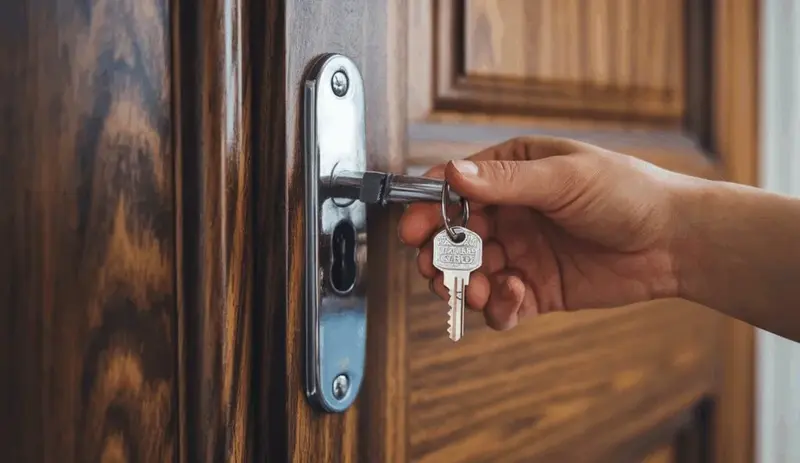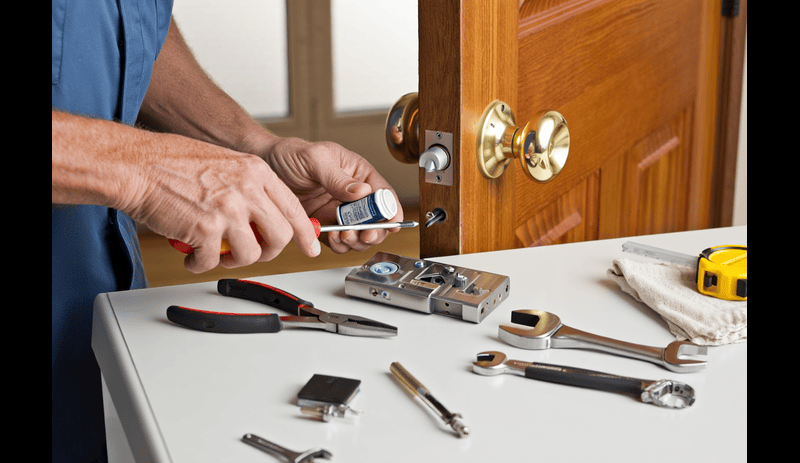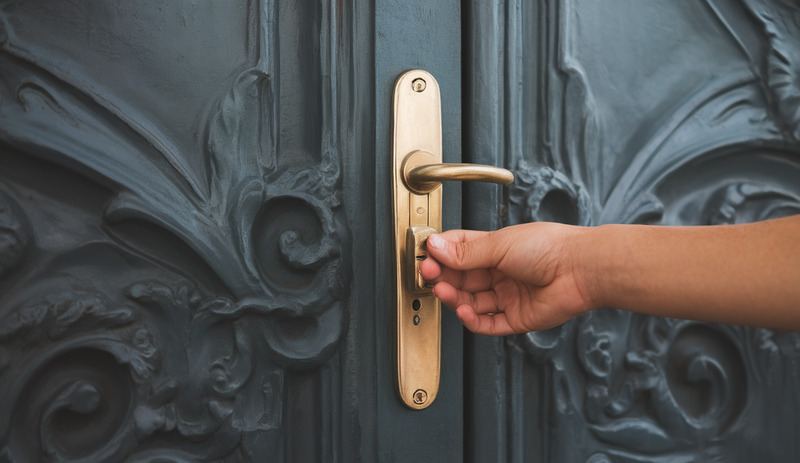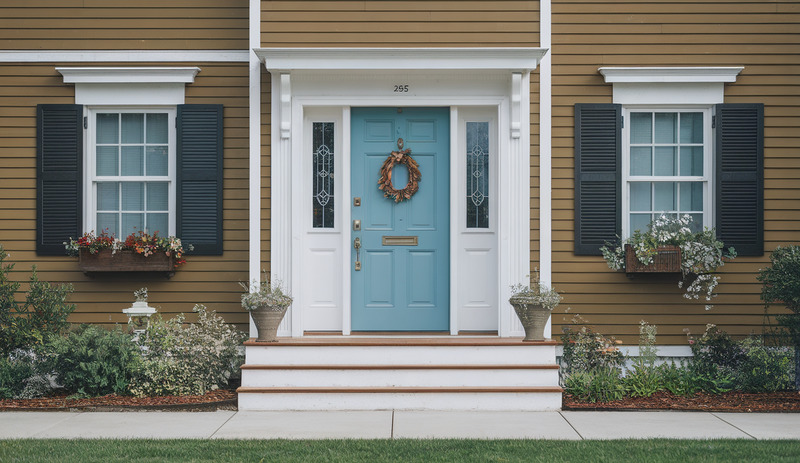
You’re standing there, key in hand, wondering why it won’t turn smoothly. The lock feels stiff, and you’re getting frustrated. What seemed like a simple task has turned into a morning headache.
Don’t worry this is more common than you might think. Old lock cylinders can create all sorts of key problems, and understanding why can save you time, money, and a whole lot of stress.
When Your Lock Cylinder Starts Acting Up: What To Notice
Lock cylinders are just metal parts that wear out like an old bike chain or a squeaky door hinge. They lose smoothness over time, especially if they’re used a lot. Knowing why they fail, spotting the early clues, and seeing what you can actually do helps keep home security without spending too much.
Why Does an Old Lock Cylinder Go Bad?
Every lock has a life: it’s made, it works, it slowly gets rough, then it stops. While a lock is used, tiny pieces inside – pins, springs, tiny chambers – sit in the keyway. Dust, dirt and even a little water can get in.
Those particles can cling to the springs and make them sticky. In wet places like Denton, TX, the metal may start to rust a little. Turning the key again and again puts tiny pushes on the pins, and after many turns they may shift a bit out of place.
You may also like this: Why Won’t My Back Door Lock Catch Properly?
Signs Your Lock Cylinder Needs Care
A few things usually tip you off that the lock is tired:
- Key won’t go in easily – the key feels tight or catches.
- Turning feels harder – you have to push more, the lock feels “tight”.
- It sometimes sticks – the key stops for a second then works again.
- Rust shows up – any brown spot in the keyhole or on the edge means the metal is corroding.
Can You Fix an Old Lock Cylinder?
Often you can clean or tweak the lock instead of swapping the whole thing. A locksmith from Near Me Locksmith can open the lock, shake out dust, put a little special oil in, and if a spring looks weak they might replace it.
Small fixes like adjusting the depth of a pin or tightening a small screw can get the lock working again. It’s a bit like a bike tune-up: a quick fix keeps the ride smooth and avoids a big breakdown.
When Should You Just Replace It?
If cleaning and tiny repairs don’t help, or if you see big problems – cracked outer case, seriously rusted pins, the key breaking inside – then swapping the cylinder is the safe bet. New cylinders nowadays last longer and turn easier.
Some even work with smart-home devices, letting you lock or unlock from a phone. Remember, don’t try to pull a broken key out by yourself; you could damage the lock even more. Call a licensed locksmith, let them take out the stuck piece and fit a new cylinder properly.
Bottom Line
Checking your locks now and then protects your house and saves you the panic of being locked out. Knowing the signs of wear, getting a pro to clean when it’s needed, and seeing when the lock is beyond repair means you won’t waste money on emergency fixes.
A little attention to the lock keeps the entry safe and your mind at ease. Therefore, a small habit of looking at your lock can be a big help in overall home care.
Your home’s security starts with functional locks. Don’t ignore those little warning signs—a quick check can prevent bigger problems down the road.




